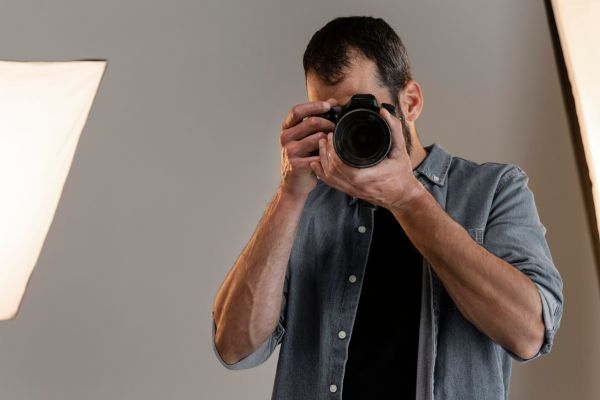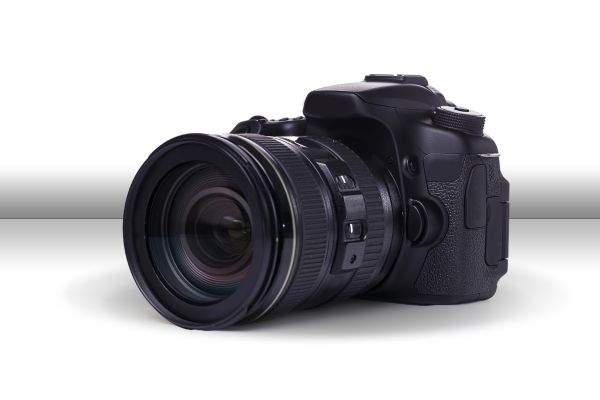
Choosing the right camera can be daunting. Mirrorless and DSLR cameras each have unique advantages. This article will guide you through the key differences, helping you make an informed decision.
Understanding Mirrorless Cameras
Mirrorless cameras lack a mirror box. This design choice leads to a lighter, more compact build. Without a mirror, they rely on electronic viewfinders (EVFs). EVFs provide a digital preview of your shot, showing exposure and color adjustments in real-time. This feature is particularly useful for beginners.
Benefits of Mirrorless Cameras
Mirrorless cameras are known for their portability. Their compact size makes them ideal for travel and street photography. Additionally, they offer silent shooting modes, perfect for discreet captures. The electronic viewfinder allows you to see how changes in settings affect the image instantly. This capability is a significant advantage for learning and adjusting on the go.
Exploring DSLR Cameras
Digital Single-Lens Reflex (DSLR) cameras use a mirror mechanism. This design enables optical viewfinders, providing a clear, real-time view through the lens. DSLRs are known for their robust build and extensive battery life. They also offer a wide range of lens options.

Advantages of DSLR Cameras
DSLRs are renowned for their durability and reliability. Their optical viewfinders work well in bright conditions, delivering a natural shooting experience. DSLRs often have longer battery life, making them suitable for extended shoots. The wide array of compatible lenses gives photographers versatility for various shooting scenarios.
Performance and Autofocus
When it comes to autofocus, mirrorless cameras have made significant strides. They offer faster and more accurate autofocus, especially for video. However, DSLRs still excel in certain aspects, such as tracking moving subjects. Both systems have their strengths, depending on your needs.
Image Quality Comparison
Both mirrorless and DSLR cameras can produce high-quality images. The sensor size plays a crucial role in image quality, and both camera types offer models with similar sensor sizes. Whether you choose mirrorless or DSLR, you'll find options with excellent image quality.
Lens Availability and Compatibility
DSLRs have been around longer, resulting in a more extensive selection of lenses. However, mirrorless cameras are catching up quickly. Many manufacturers offer adapters, allowing you to use DSLR lenses on mirrorless bodies. This flexibility can ease the transition for those considering a switch.
Battery Life and Shooting Experience
Battery life is a notable difference. DSLRs generally outperform mirrorless cameras in this area. The optical viewfinder in DSLRs consumes less power compared to the electronic viewfinder in mirrorless models. For extended shooting sessions, DSLRs might be more reliable.
Size and Portability
Mirrorless cameras shine in terms of size and weight. Their compact design makes them easier to carry around. This portability is a significant advantage for travel photographers or those who prefer a lighter kit.
Price and Value
Price varies across both types. Entry-level models of both mirrorless and DSLR cameras are competitively priced. However, as you move towards professional-grade equipment, mirrorless options can become more expensive. Consider your budget and long-term needs when making a decision.
The choice between mirrorless and DSLR depends on your specific needs. Mirrorless cameras offer portability, advanced autofocus, and real-time exposure adjustments. They are excellent for travel and street photography. On the other hand, DSLRs provide durability, longer battery life, and a broader range of lenses. They are ideal for those who prioritize reliability and extensive shooting sessions.
Evaluate your photography goals and preferences. Both systems have their merits, ensuring you’ll find the right camera for your creative journey. Wilson Studio provides the best photography service in Dubai at affordable rates.